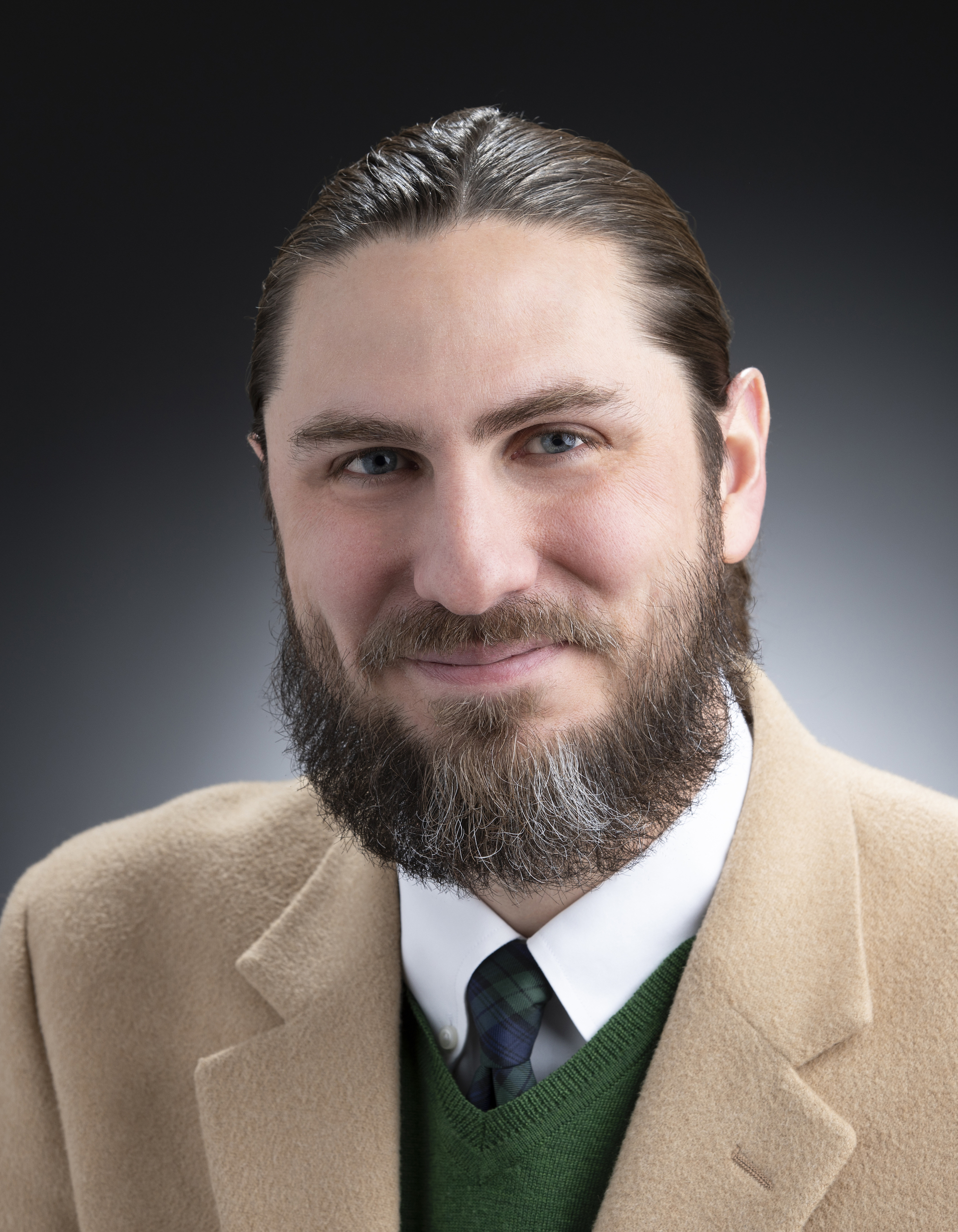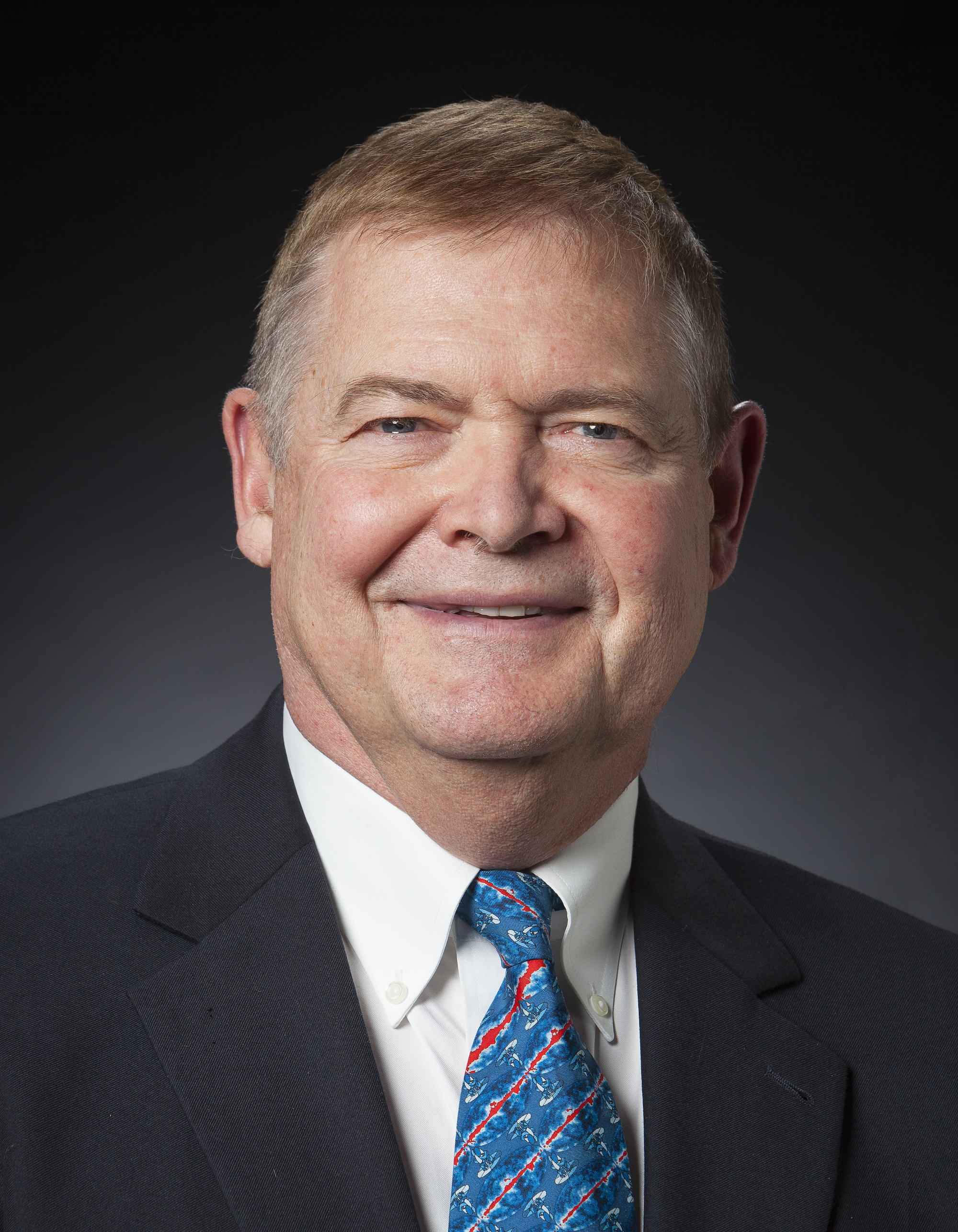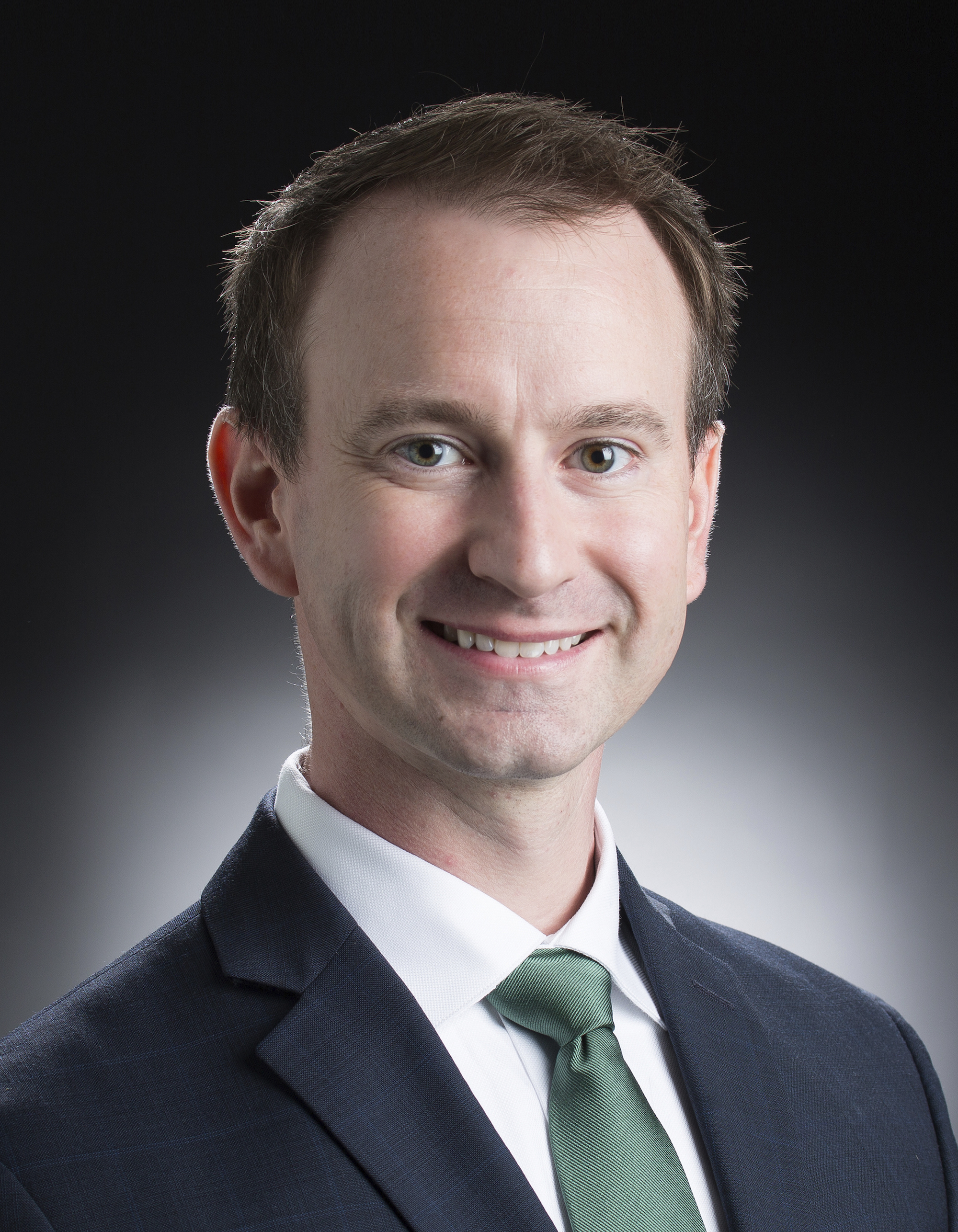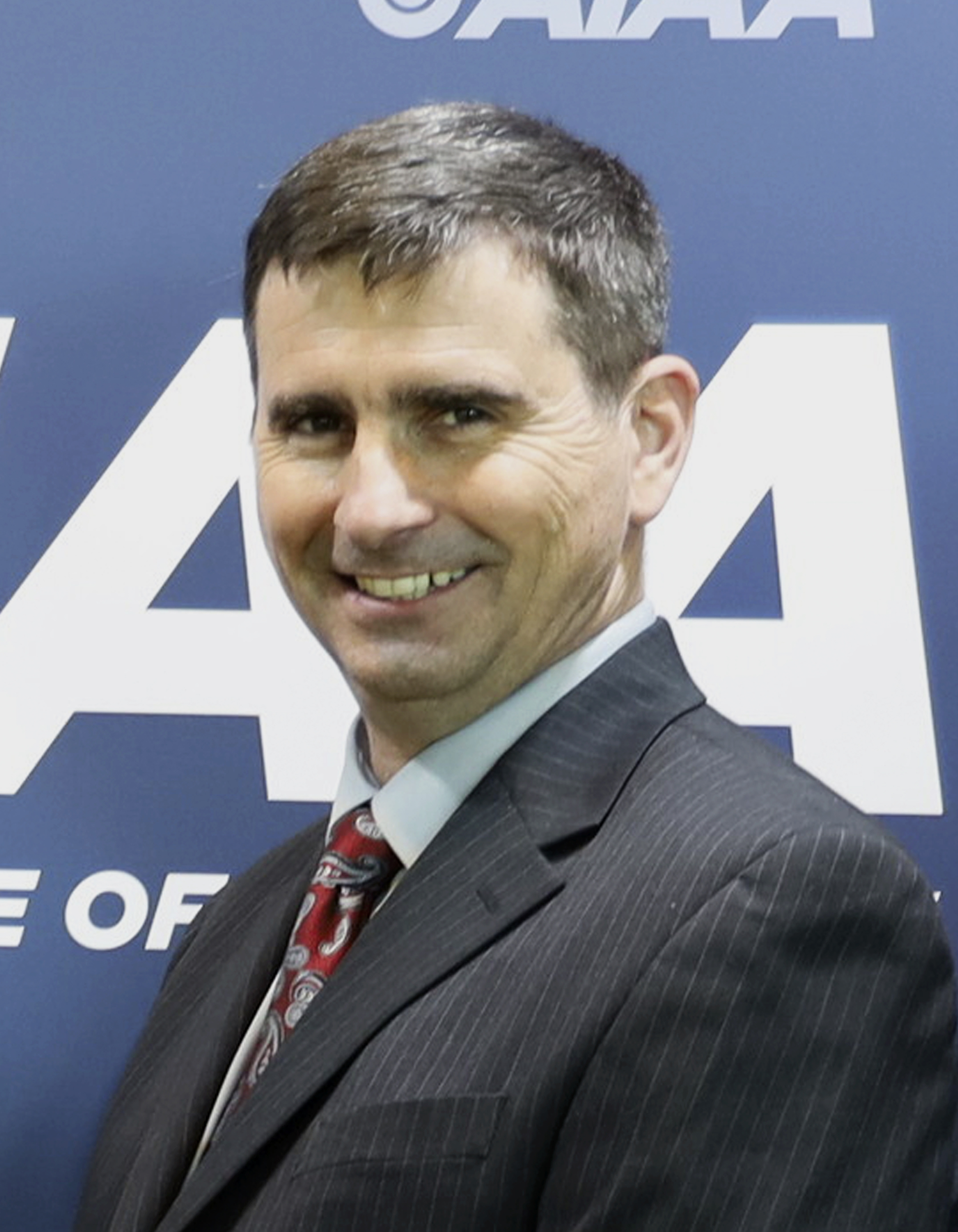Press Release
Five Johns Hopkins APL Staff Members Named AIAA Associate Fellows
Five staff members from the Johns Hopkins Applied Physics Laboratory (APL) in Laurel, Maryland, were recently named to the American Institute of Aeronautics and Astronautics’ associate fellows class of 2021: Doug Adams, Justin Likar and Mike Ryschkewitsch from APL’s Space Exploration Sector (SES) and Bradley Wheaton and Matthew Zuber from the Force Projection Sector.
AIAA bestows the grade of associate fellow on individuals “who have accomplished or been in charge of important engineering or scientific work, or who have done original work of outstanding merit, or who have otherwise made outstanding contributions to the arts, sciences, or technology of aeronautics or astronautics.”
To be selected as an associate fellow, an individual must be an AIAA senior member in good standing with at least 12 years of professional experience and must be recommended by a minimum of three current associate fellows.
“I am extremely excited for and proud of each member of the class of 2021 associate fellows,” AIAA President Basil Hassan said in a Sept. 28 release. “These individuals exemplify passion and dedication to advancing the aerospace profession and were selected because of their significant and lasting contributions to the field.”





